Best Tips to Overcome ADHD Decision Fatigue In Women
In this post you will be reading about the Best Tips to Overcome ADHD Decision Fatigue In Women.
Living with ADHD often feels like you’re wading through a swamp of constant decision-making.
The mental exhaustion can hit hard, especially when juggling work, family, and personal life.
As an ADHD woman myself, I know the overwhelming feeling of ADHD decision fatigue all too well. It’s exhausting, and no matter how hard you try to keep up, the ADHD brain can get caught in a loop of decision paralysis.
Fortunately, there are strategies you can use to manage this fatigue and regain control over your daily life. Let’s dive in!
This post may contain affiliate links which means I may receive a commission for purchases made through links (at no extra cost for you). As an Amazon Associate I earn from qualifying purchases. Learn more on my Private Policy & Disclaimer page.
What is ADHD Decision Fatigue?
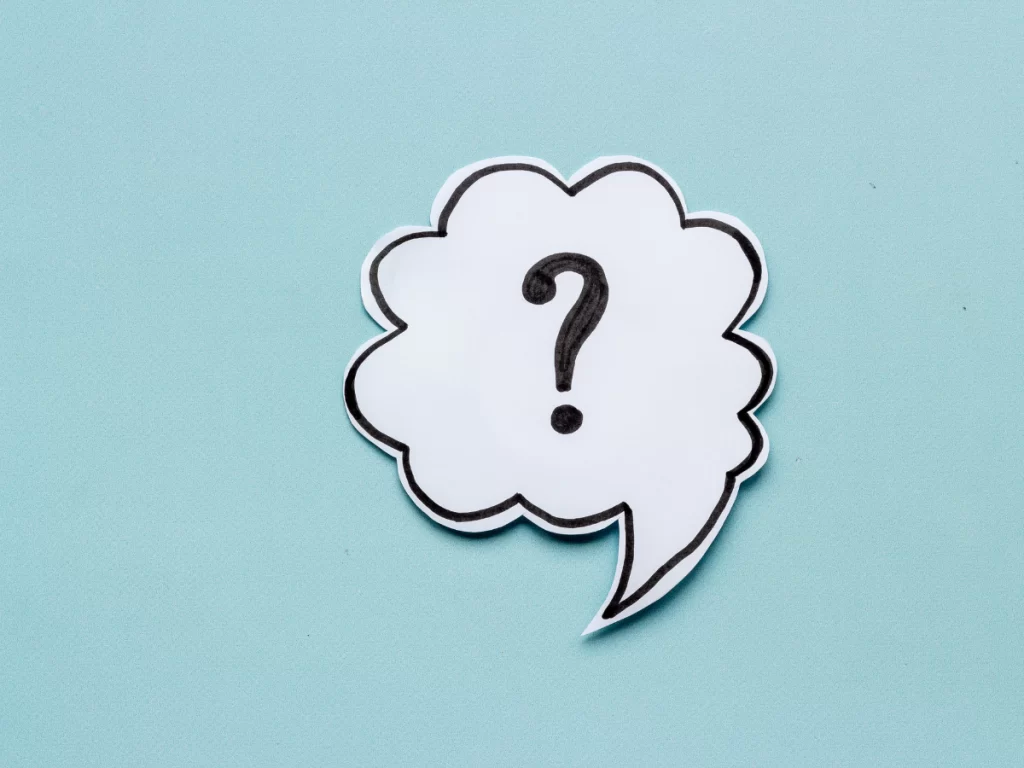
ADHD brains are wired differently when it comes to decision-making.
We all have a limited amount of mental energy each day, and for those with Attention Deficit Hyperactivity Disorder, the number of daily decisions we make can quickly deplete that energy.
It leads to mental exhaustion, executive dysfunction, and even emotional exhaustion.
Decision fatigue happens when the brain becomes overwhelmed by the constant decision-making we have to do in daily life.
You might find yourself staring blankly at a menu, unsure of what to order, or struggling to prioritize tasks on your to-do list.
It’s more than just feeling tired—it’s the feeling of being stuck in decision paralysis.
Why ADHD Brains Struggle with Decision Fatigue
The ADHD struggle with decision fatigue is rooted in our brain’s unique wiring.
ADHD impacts executive functioning, which includes the ability to organize, plan, and follow through on tasks.
When we’re forced to make multiple decisions in a single day, our cognitive resources get depleted faster and this leads to deteriorating quality of decisions over time.
By the end of the day, many people with ADHD find themselves making more impulsive choices or avoiding decisions altogether.
Who hasn’t had a snack of nothing at all for dinner simply because the idea of having to prepare & cook something was too exhausting?
It’s like our decision-making powers run out.
Personally, I’ve had days where I’m all out of decision making energy. I just sit there and scroll aimlessly through social media as a way to “relax”.
How Decision Fatigue Impacts Women with ADHD
Women, especially those with ADHD, face unique challenges when it comes to decision fatigue.
We’re often juggling multiple roles—careers, home life, and family members—which means we’re making more decisions on a daily basis.
Whether it’s organizing the family schedule, managing work deadlines, or making dinner plans, the number of decisions we face can feel overwhelming.
Research has shown that the human brain has limited mental capacity for decision-making each day. The more decisions we make, the harder it becomes to make good decisions.
Over time, this can lead to poorer decision-making, where even small choices seem impossible to make.
In fact, studies from the New York Times suggest that people often make impulsive or random choices when they reach this point of mental fatigue.
“The more choices you make throughout the day, the harder each one becomes for your brain, and eventually it looks for shortcuts, usually in either of two very different ways. One shortcut is to become reckless: to act impulsively instead of expending the energy to first think through the consequences. The other shortcut is the ultimate energy saver: do nothing.”
Practical Strategies to Overcome ADHD Decision Fatigue
1. Simplify Your Decision-Making
One of the best ways to combat ADHD decision fatigue is to simplify your choices.
Streamlining routine choices—like what to wear or eat—can significantly reduce the cognitive load.
For example, I’ve found that creating a meal plan at the beginning of the week saves me from having to make smaller decisions about food every day.
By automating or simplifying everyday decisions, you free up mental capacity for more important decisions.
We all heard about people like Steve Jobs who famously wore the same outfits every day. That’s one option.
Another way it to plan your outfits on the weekend and have them ready for the week.
Using a Hanging Closet Organizer is a great way to just use each “shelf” for a day of the week. This way the planning is done for you and all you have to do is grab and go.
I do thins with my kids clothes as well. Getting the week organized ahead of time.
2. Break Big Decisions into Smaller Steps
Big, complex decisions are often paralyzing for those of us with ADHD.
Breaking them into smaller steps can make them more manageable.
For example, when I’m planning a big project, instead of getting overwhelmed, I break it down into smaller tasks. This not only makes the decision-making process easier but also helps me feel a sense of accomplishment after completing each step.
For example: cleaning the bathroom. I divide it into mirrors, counter, toilet, bathtub, floors. One at a time and it seems less overwhelming. (Always while listening to fun music to keep the momentum) 🙂
3. Use To-Do Lists and Prioritization
To help reduce decision fatigue, consider using to-do lists to prioritize tasks.
By writing out what needs to be done, you avoid the mental chaos of trying to remember everything. Some days I’m basically Dory in human form and can’t even remember what or if I even had breakfast.
I personally use a system where I list my top three most important tasks for the day. By focusing on these tasks first, I conserve mental energy for complex decisions that come up later.
4. Limit Social Media and Overstimulation
Social media and digital distractions are major contributors to decision fatigue.
Every time you scroll through TikTok, Instagram, or Facebook, your brain is being bombarded with decision-making triggers—whether to like a post, comment, or keep scrolling.
Over time, this can drain your mental energy.
Set time limits for social media or use a site blocker during work hours.
I’ve found that taking regular breaks from digital devices helps reduce mental fatigue and improves my ability to make good decisions.
I love social media but when I’ve been on too long I notice feeling sluggish and just exhausted from all the information I received. So, I break it down into pockets of time, and in the middle I get other tasks done.
5. Practice Mindfulness to Replenish Mental Energy
Mindfulness can be an incredibly effective way to reset your brain and reduce the cognitive load from decision fatigue.
Taking a few minutes each day to practice mindfulness techniques like deep breathing or meditation helps clear the mental clutter that accumulates from constant decision-making.
In fact, recent clinical research shows that mindfulness can improve executive function in individuals with ADHD, enhancing decision-making skills (National Library of Medicine).
The Role of Routine in Reducing Decision Fatigue
Another great way to combat ADHD decision fatigue is by establishing daily routines.
Routines help reduce the number of small decisions you have to make each day.
For example, having a morning routine in place means you’re not deciding what to do first thing in the morning—it’s already set.
I like to set up a consistent routine for that particular weekday, starting with getting my kids ready for school, then second breakfast (when I get home from dropping them off at school), and then reviewing my to-do list for that day.
This predictable structure helps conserve my mental energy for bigger decisions later in the day.
Brain dumping can be an incredibly useful technique for women with ADHD. It helps clear the mental clutter that can often feel overwhelming, especially when your mind is constantly racing with thoughts, tasks, and ideas.
The concept is simple: write down everything that’s on your mind—tasks, worries, plans, reminders—without filtering or organizing it.
This allows you to release the mental load and gain clarity.
Why Brain Dumping is Helpful for ADHD
Women with ADHD often struggle with executive dysfunction, which makes organizing, prioritizing, and planning challenging.
Having too many thoughts and to-dos swirling in your head can lead to decision paralysis and overwhelm.
A brain dump acts like a mental reset.
Instead of trying to mentally juggle everything, you put it all down on paper, freeing up mental energy.
Here’s how brain dumping helps:
- Declutters your mind: By externalizing thoughts, it becomes easier to focus on one task at a time.
- Reduces overwhelm: Seeing everything in front of you can make it easier to prioritize and break down tasks into manageable steps.
- Improves focus: With fewer thoughts competing for your attention, it’s easier to direct your energy toward what matters most.
How Women with ADHD Can Accomplish a Brain Dump
1 Find a Quiet Space: Set aside 10-15 minutes where you won’t be interrupted. Whether it’s early in the morning or late at night, pick a time when you can focus without distractions.
2. Grab a Notebook or Use a Digital Tool: You can do a brain dump on paper, in a journal, or digitally using apps like Notion, Evernote, or Google Keep. I find that writing by hand can have a more calming effect, but some women prefer the convenience of digital tools.
3. Start Writing Freely: Write down anything and everything that comes to mind. It could be tasks like “pick up groceries,” thoughts like “I need to schedule a doctor’s appointment,” or even emotions you’re feeling. Don’t worry about organizing or making sense of it—just get it all out.
4. Don’t Edit or Filter: The key is to release every thought or worry that’s taking up mental space. This includes work tasks, personal concerns, or even random thoughts.
5. Review and Organize Later: Once you’ve emptied your brain, go back and categorize or prioritize the list. This could be as simple as marking urgent tasks with a star or creating a separate to-do list for the next day.
6. Make It a Habit: Incorporating brain dumping into your routine—whether daily or weekly—can help prevent overwhelm from building up. It’s a good idea to do it whenever you feel mentally overloaded or stuck in ADHD paralysis.
The Connection Between ADHD and Decision Fatigue
ADHD Brains and Executive Dysfunction
One of the reasons ADHD brains are more susceptible to decision fatigue is due to executive dysfunction.
Executive function challenges make it harder to plan, organize, and prioritize decisions. This leads to increased cognitive load and mental exhaustion.
Dr. Cameron Sepah, an expert in cognitive behavioral therapy, points out that individuals with ADHD are more prone to decision fatigue because they struggle with impulse control and focus.
He also talks about Dopamine Fasting. You can read a post all about it: “Simple ways to ADHD Dopamine Detox And Start Feeling Great“.
For many women with ADHD, this can manifest as trouble starting tasks, difficulty staying on track, forgetting important details, or struggling with time management.
Why ADHD Brains Struggle with Executive Dysfunction
Research has shown that ADHD involves differences in brain structure and function, particularly in areas associated with executive functioning.
The prefrontal cortex tends to have less activity in ADHD brains, leading to challenges with attention, planning, and impulse control.
Moreover, the dopamine system plays a crucial role.
ADHD brains often have lower levels of dopamine, the neurotransmitter that helps regulate motivation and reward.
This dopamine imbalance makes it harder to stay focused, motivated, and organized.
Dr. Russell Barkley, a leading ADHD expert, notes that executive dysfunction is central to ADHD: “ADHD is not just about a lack of attention but an inability to manage one’s behavior in time,” highlighting the significant role of executive dysfunction in daily life.
ADHD Decision Fatigue Book Suggestions:
Executive Functions: What They Are, How They Work, and Why They Evolved by Russell A. Barkley.
This book provides a comprehensive exploration of executive functions—our brain’s ability to manage tasks, control impulses, and regulate behavior.
With its blend of scientific research and practical insights, this book is valuable for anyone looking to understand executive functions, including mental health professionals, educators, and individuals seeking to improve self-regulation and decision-making skills.
ADHD 2.0 : New Science and Essential Strategies for Thriving with Distraction—From Childhood Through Adulthood by Edward M. Hallowell, John J. Ratey
This book offers an updated, science-backed approach to understanding and managing ADHD.
The authors, Edward M. Hallowell and John J. Ratey, explore cutting-edge research on the ADHD brain, focusing on strategies for improving focus, emotional regulation, and decision-making.
Through practical advice and real-life stories, this book empowers readers to harness their strengths and thrive, rather than simply cope with their challenges. It’s an excellent resource for individuals with ADHD, parents, and professionals looking for new tools to navigate ADHD across the lifespan.
Overcoming Analysis Paralysis in ADHD Women
1. Set Boundaries for Decision-Making
To combat decision paralysis, set time limits on how long you’ll spend making a decision.
Dr. Russell Barkley, a leading ADHD expert, suggests giving yourself a time frame (e.g., 5 minutes) to decide on less important tasks.
This strategy helps reduce overthinking by creating clear boundaries.
2. Simplify Choices
Too many options can overwhelm the ADHD brain. Simplify choices by:
- Eliminating unnecessary options: For example, reduce the number of meals you plan by choosing just a few favorites.
- Routine choices: Automate decisions like meal planning, clothing selection, or daily routines to conserve cognitive energy for more complex decisions.
3. Use Decision-Making Tools
For more complex decisions, breaking down the choices can help:
- Pros and cons lists: Writing down the advantages and disadvantages of each option can provide clarity.
- Decision trees: Visualizing decisions and possible outcomes in a tree diagram can reduce mental load and aid in making a choice.
4. Prioritize Smaller Tasks
When facing larger decisions, start by breaking them down into smaller, actionable steps.
Completing one small task creates a sense of accomplishment and helps build momentum for larger decisions.
5. Get Input from Trusted Family Members or Friends
Family members and trusted friends can offer a fresh perspective or help streamline decisions.
Talking through decisions with someone you trust can reduce the mental burden and provide clarity.
Also, delegating is an excellent way to free up mental space.
Don’t be scared or embarrassed to ask for help! You can’t do everything alone without paying a price!
6. Seek Support from ADHD Coaches or Therapists
Working with an ADHD coach or therapist can provide personalized strategies to address analysis paralysis.
Coaching sessions may focus on improving decision-making skills and overcoming executive function challenges.
7. Mindfulness and Self-Compassion
Practicing mindfulness helps you stay present and reduces the anxiety associated with decision paralysis.
Remember, there’s often no “perfect” decision.
Being kind to yourself and embracing a mindset of self-compassion can ease the pressure of making the “right” choice every time.
This is KEY for a lot of us! I have such a hard time with making mistakes that at times I’m stuck simply because I’m afraid of getting something wrong.
Perfectionism is the enemy here!
Perfection is NOT real.
Just try, do, it’s better than being stuck in a limbo and getting nowhere.
The Impact of ADHD on Personal and Professional Life
For many women with ADHD, decision-making fatigue affects both their personal relationships and professional life.
Making decisions in a work environment, combined with the everyday decisions at home, can lead to mental exhaustion and poor performance.
This is why it’s so important to conserve your mental capacity by simplifying choices, setting boundaries, and practicing self-care.
Easier said than done, 100% agree. But you have to start somewhere.
Baby steps, realistic goals is the way to go!
Be kind to yourself! You are not lazy or stupid. You have ADHD.
In this post you read about the Best Tips to Overcome ADHD Decision Fatigue In Women.
To Summarize
ADHD decision fatigue is a real challenge, but with the right strategies, you can reduce its impact on your life.
By simplifying daily decisions, creating routines, and practicing mindfulness, you can preserve your mental energy for what truly matters.
Remember, it’s okay to ask for help and break things down into smaller steps.
Whether you’re managing a career, family, or just trying to get through the day, these tools can make a significant impact on your overall mental health and well-being. So take it one step at a time—your brain will thank you.
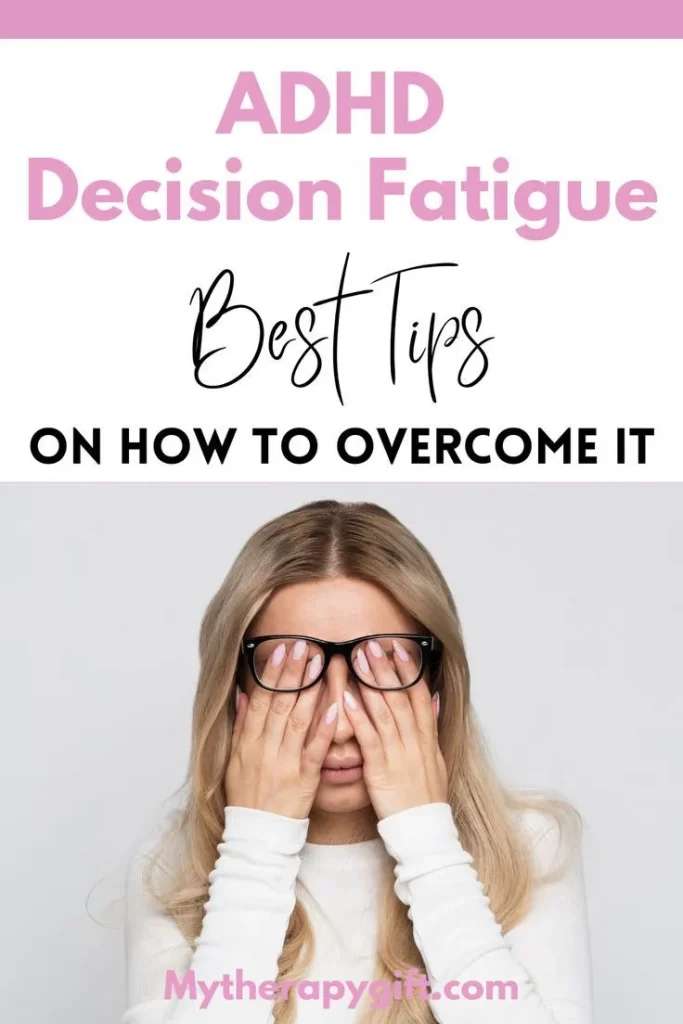
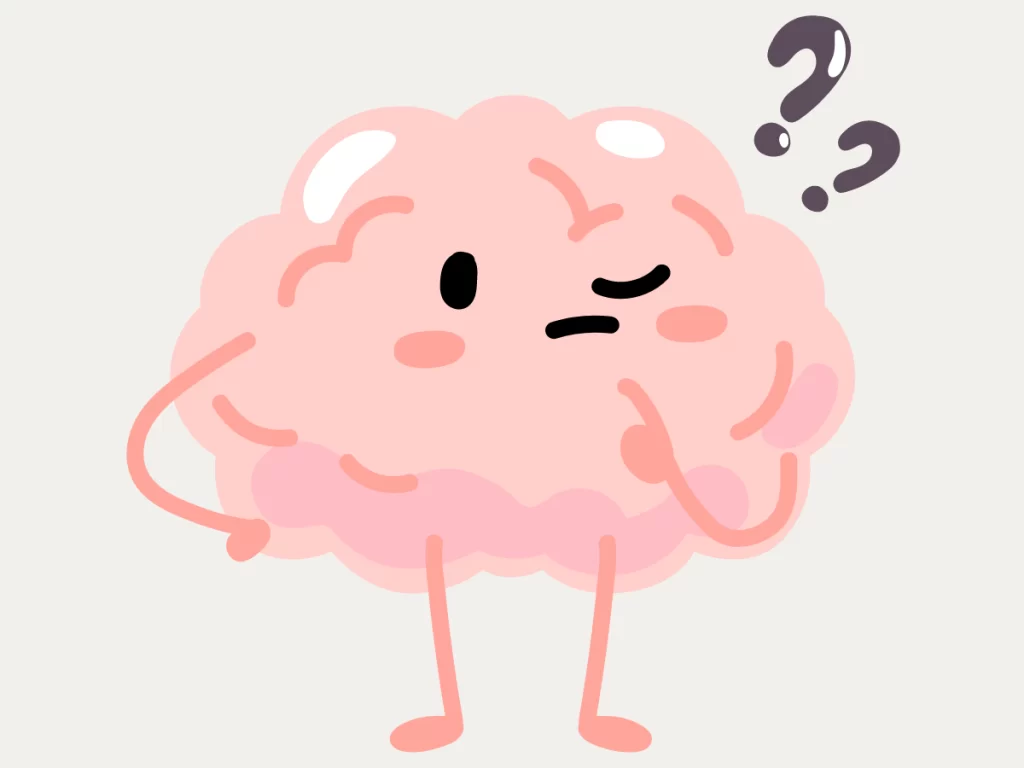

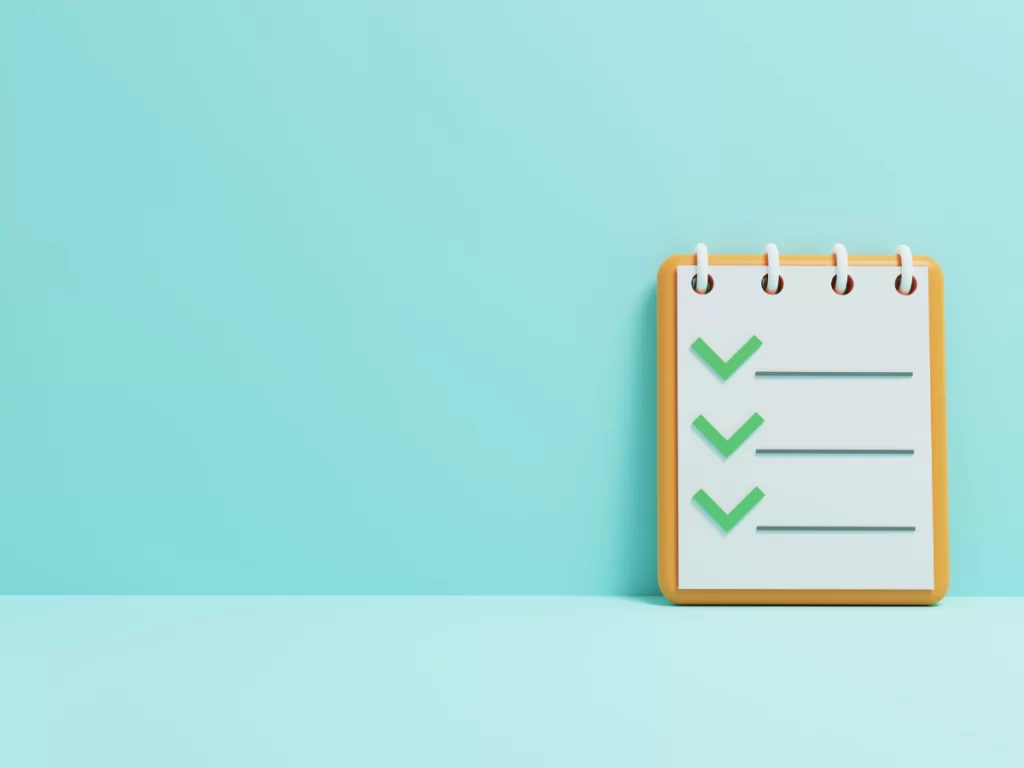
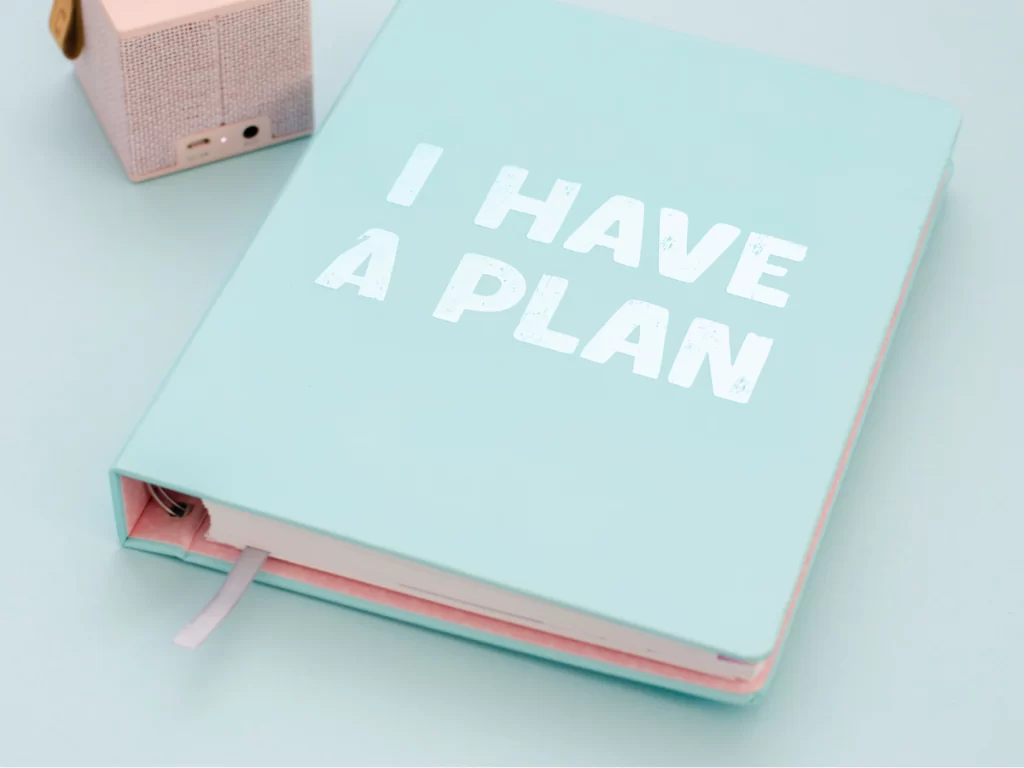
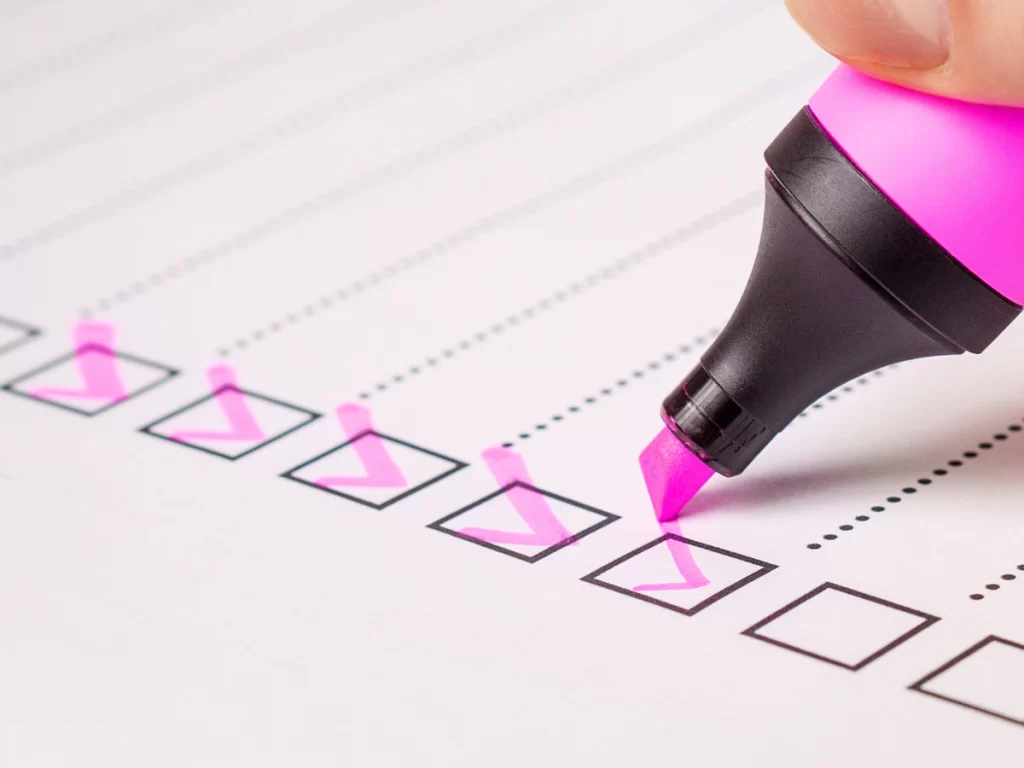

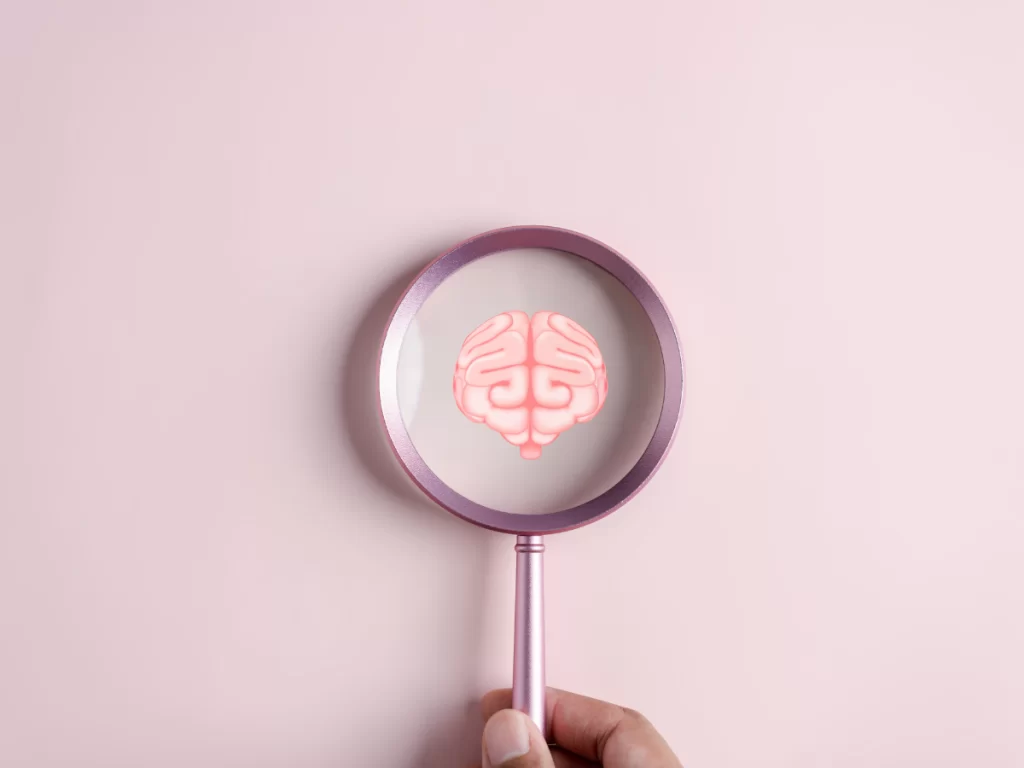
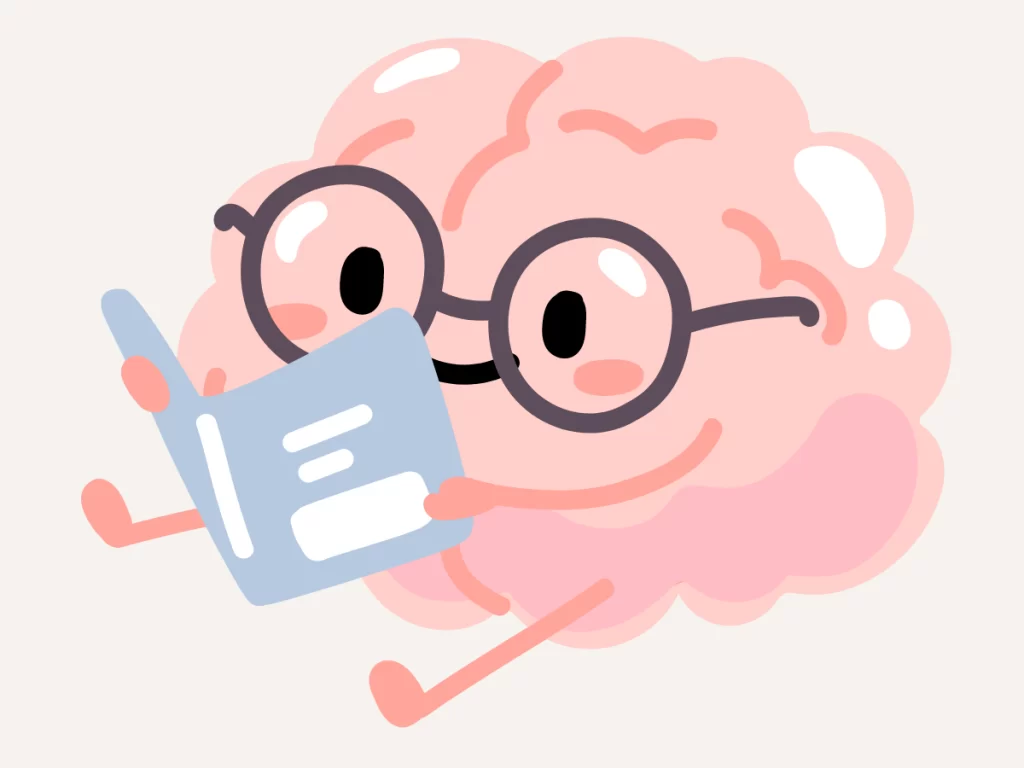
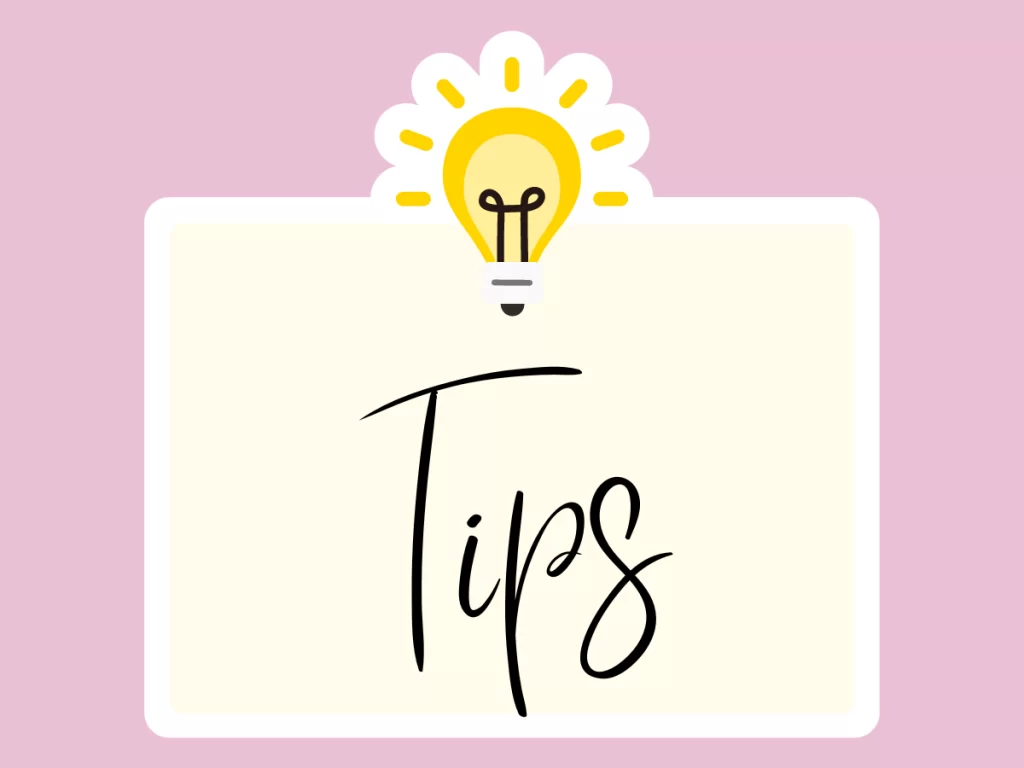

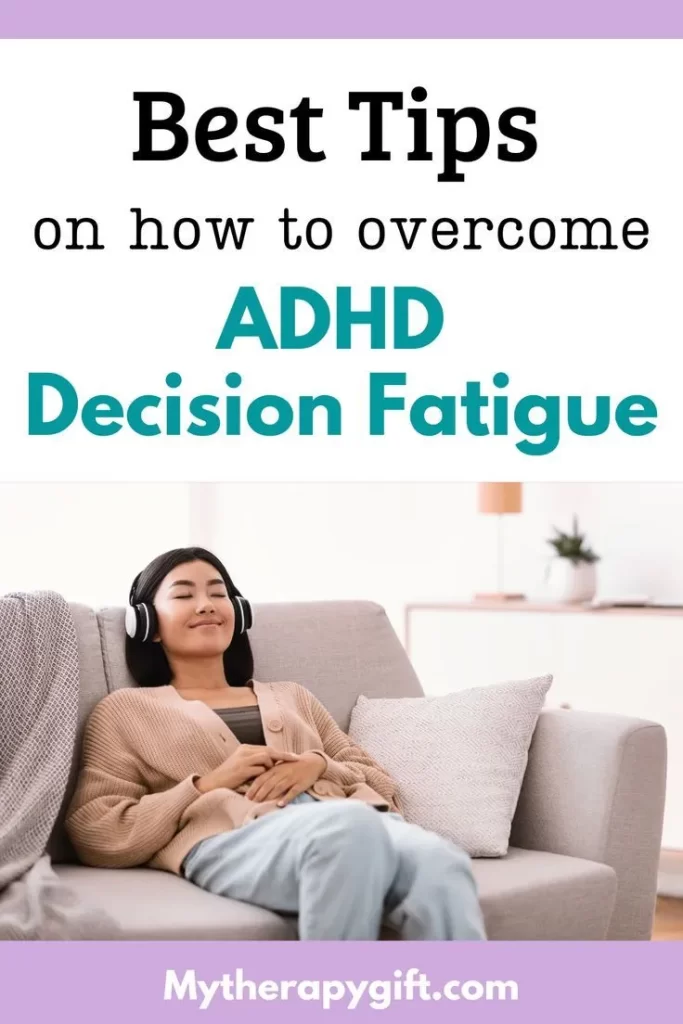
Leave a Reply